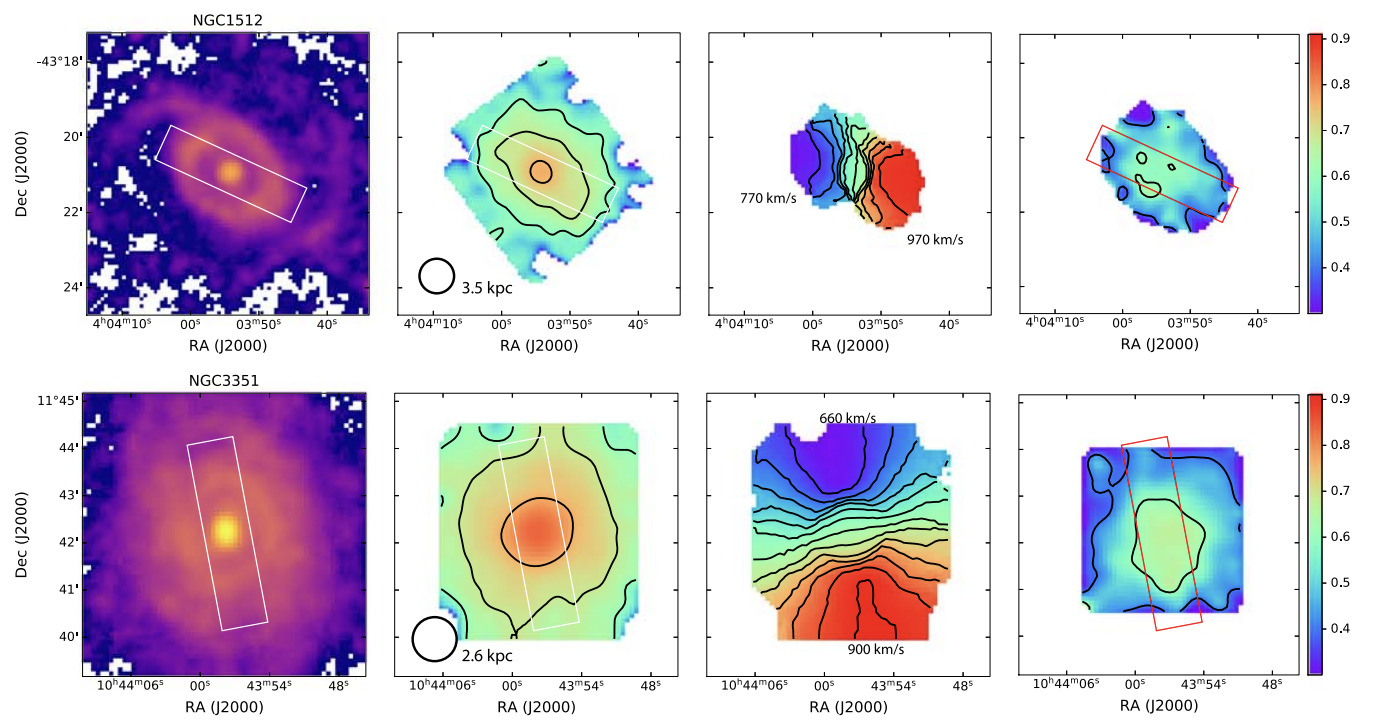Tsukuba Uchu Forum
154th Uchu Forum
Spatial and spectral variation of the 12CO(J=2-1)/12CO(J=1-0) line ratio in nearby galaxies
Shinya Komugi
Kogakuin University of Technology & Engineering
Abstract
We present 12CO(J = 1 – 0) mapping observations over ∼1/2 of the optical disk of 12 nearby galaxies from the Fundamental CO 1–0 Transition Survey of nearby galaxies (FACTS), using the ALMA Total Power array. Variations in the 12CO(J = 2 − 1)/12CO(J = 1 − 0) line ratio r21 are investigated. The luminosity-weighted r21 of the 11 sample galaxies ranges from 0.52 to 0.69 with an average of 0.61. Using position–velocity diagrams along the major axis and tilted ring models to separate the normal rotating galactic disk from kinematic outliers that deviate from pure circular rotation, we find that r21 is systematically higher in outliers compared to the disk. We compare r21 between SA, SAB, and SB galaxies, and find no significant difference in the average r21 depending on the presence of galactic bars. We find, however, that the radial gradient in r21 is bimodal, where a group containing all SA galaxies prefer constant or very shallow r21 gradients out to 40% of the optical radius, while another group containing all SB galaxies have a steep r21 gradient, decreasing by ∼20% before 40% of the optical radius, which also corresponds to the radius of the stellar bar. After this radius, these galaxies become consistent with a constant or shallow trend in r21. The large scale trend in r21 can have implications for how we interpret observations made solely in the 12CO(J = 2 − 1) line. In the talk I will also compare the line ratio with existence of AGN in the nuclei of our samples.


 和 英
和 英